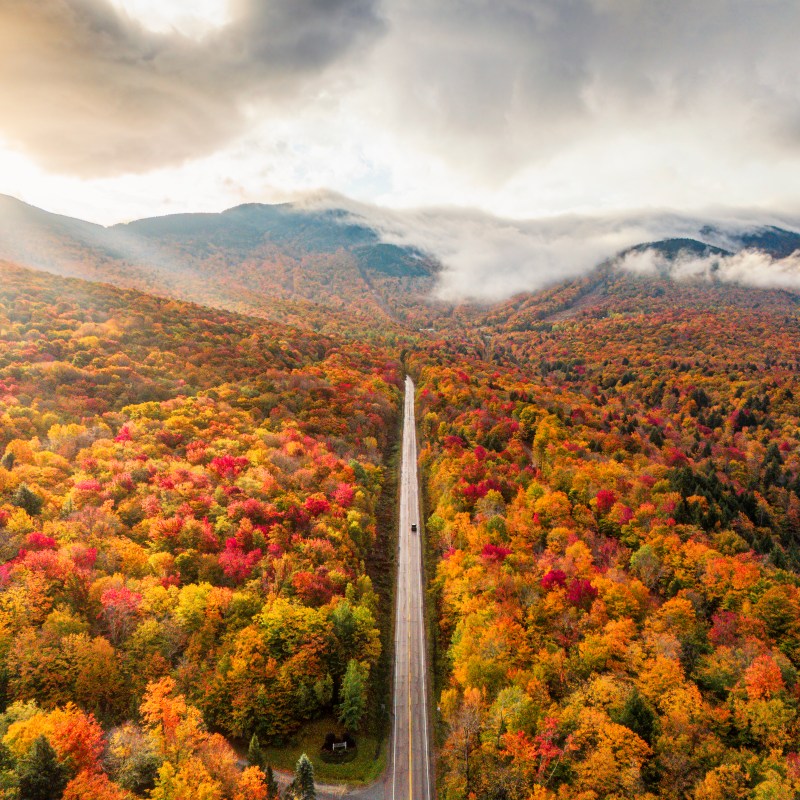
If you’re heading to New England during the fall, you’re in for a beautiful foliage display regardless of which state you visit.
Videos by TravelAwaits
While Maine’s Acadia National Park and upstate New York hubs like the Hudson Valley usually take the cake in terms of beauty, they aren’t the end-all of great fall adventures. In fact, states that receive fewer visitors, including New Hampshire and Vermont, still have plenty to offer.
The big question is… what’s the difference between Vermont vs New Hampshire in the fall? Should visitors stick to one state over the other—or is there a similar range of activities, sights, and festivals in either?
When it comes to autumn vacations, here’s what you need to know about Vermont vs New Hampshire. Though both states are home to commanding, world-class fall foliage displays, there are a few distinctions that can help you choose one or the other.
Key differences to know about Vermont vs New Hampshire in fall
New Hampshire has denser forests
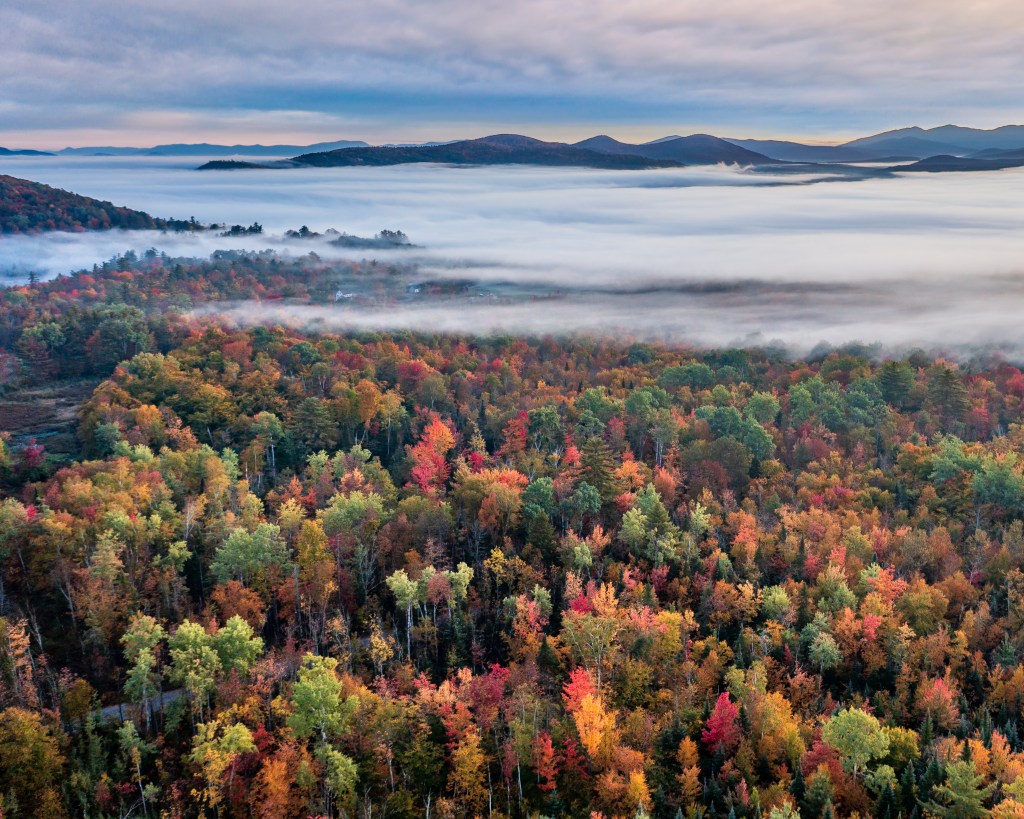
If you enjoy hiking in autumn, head to New Hampshire over Vermont. The state is more mountainous and layered with dense forests, which make long hikes on crisp, autumn days a dream. The state is home to the White Mountains (more on this below), which take you to some of the most high-altitude spots in New England.
Expect dramatic forest views that are layered with hiking trails. Plus, New Hampshire is home to a famous Lakes Region where you can find crystal-clear bodies of water hiding amid the golden-leafed trees.
Want to really get off the beaten path? Head to the Great North Woods… but beware of moose.
Vermont has a host of small, quaint villages
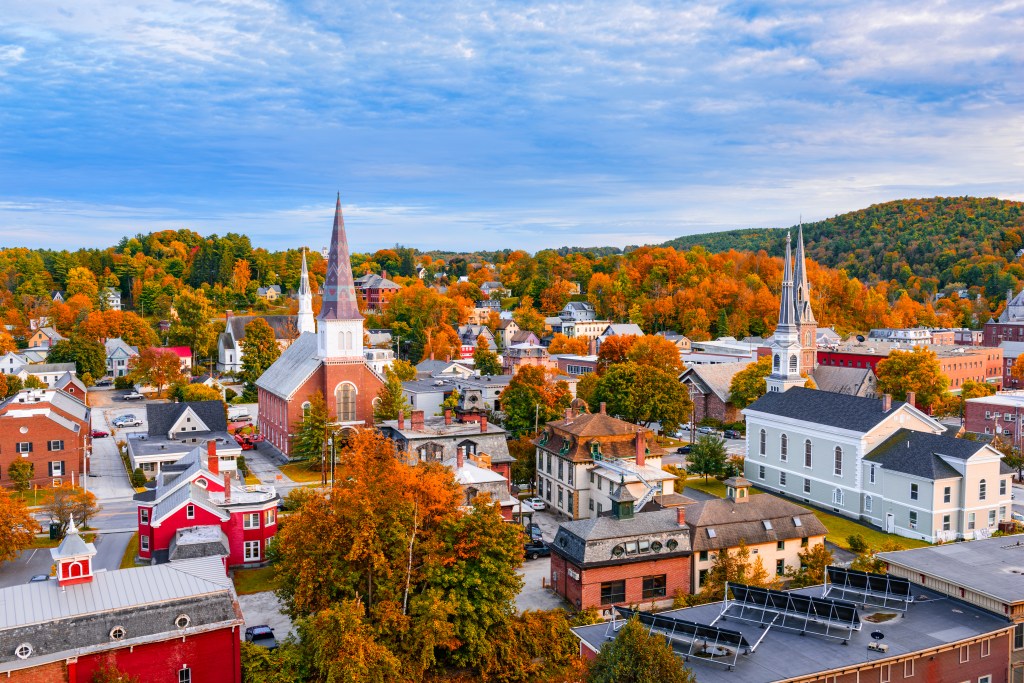
Again, when it comes to comparing Vermont vs New Hampshire in fall, both offer top-notch leaf displays. But in lieu of New Hampshire’s dense, rugged forests, Vermont offers another lure: quaint villages amid rolling agricultural hills. If you prefer charming town centers with fall festivals in full swing, stick to Vermont.
When it comes to lists of quaint small towns in New England, Vermont usually has a few contenders high in the rankings. From well-known and classic villages like Woodstock to larger spots like Stowe to towns immersed in nature like Grafton, there’s a long list of places to stop and enjoy the season. Even larger cities like Montpelier (pictured above) offer a charming escape this fall.
White Mountains vs. Green Mountains
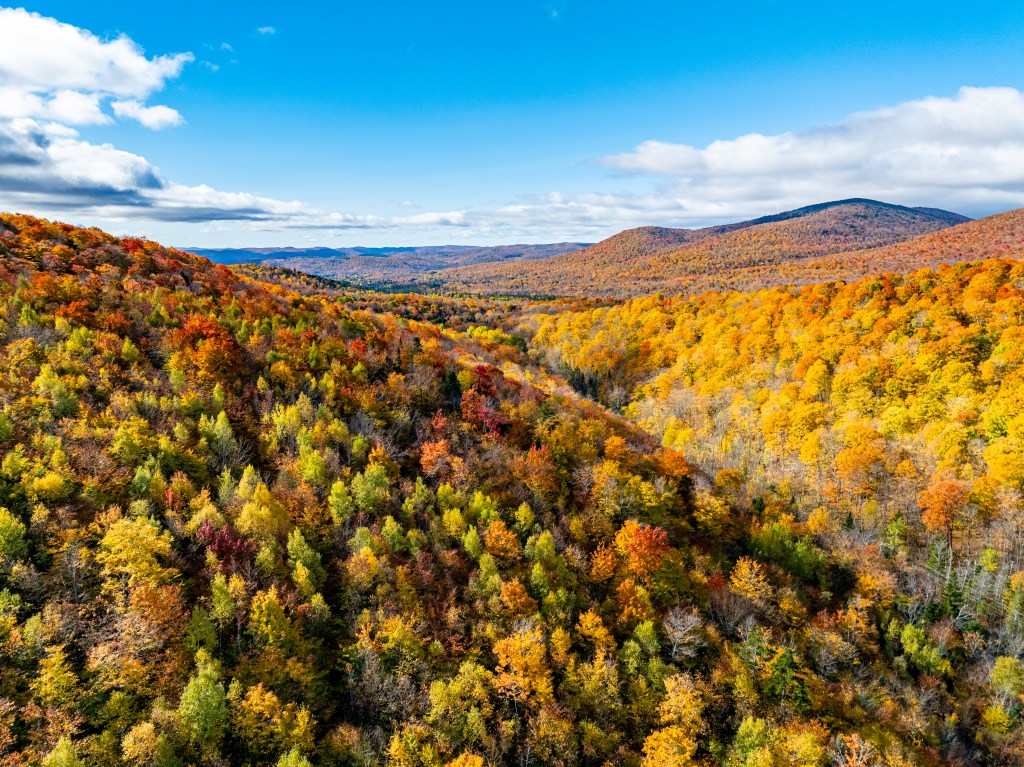
I mentioned New Hampshire’s stunning White Mountains above, which are perfect for hikers and outdoor enthusiasts. But don’t discount Vermont’s Green Mountains region. Though different, they offer two wonderful options for soaking up the fall foliage and spirit.
In terms of accessibility, the White Mountains are a little easier to navigate because the area is contained within the almost 800,000-acre White Mountain National Forest. You can hike through six different wilderness areas, letting you explore autumn in New Hampshire from just about every angle.
The Green Mountains, by contrast, are older—meaning they’re more like rolling hills than dramatic peaks. Expect less extreme weather, along with forest-covered valleys that are perfect for a casual stroll. Unlike the White Mountains, you won’t be venturing above the tree line.
Route 100 vs Kancamagus Highway
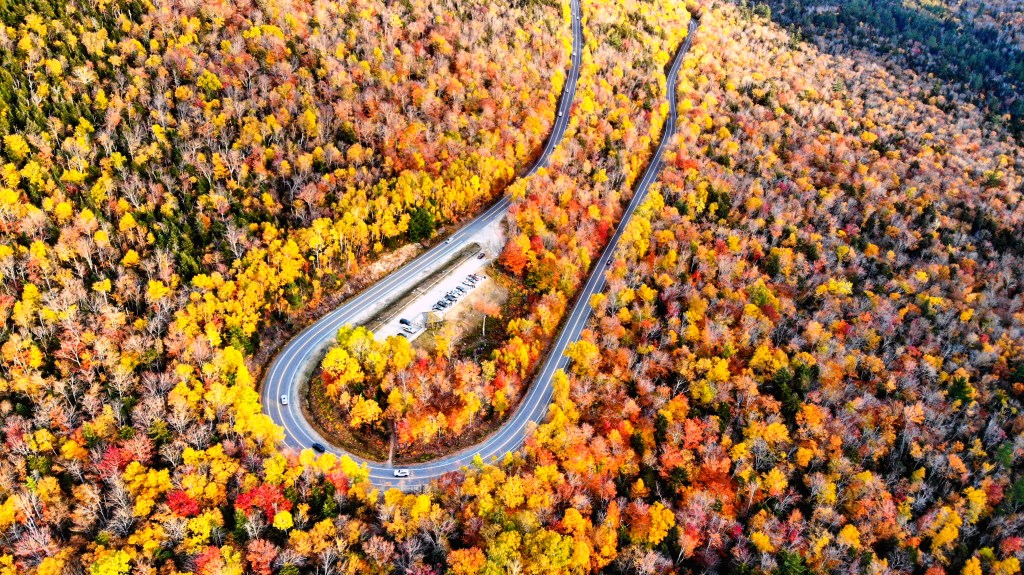
Don’t want to be hiking or walking through the woods—at least, not for your whole trip? You can stick to scenic road trips in either state. Once again, New Hampshire’s Kancamagus Highway (Route 112) is a little more rustic than Vermont’s famous Route 100.
Some call the Kancamagus Highway, which weaves through the White Mountains, the best place to see fall foliage in the US. Leaves start to change in early September thanks to the highway’s high elevation of 2,855 feet. It’s lined with must-see stops like Rocky Gorge and Sabbaday Falls.
Route 100, by contrast, takes you through the rolling hills that define the state. Often called ‘Vermont’s Main Street’, it covers almost the full length of the state. You can explore charming towns like Waits, along with prime autumn spots like Stowe and the Mad River Valley.
Leaves turn slightly earlier in New Hampshire
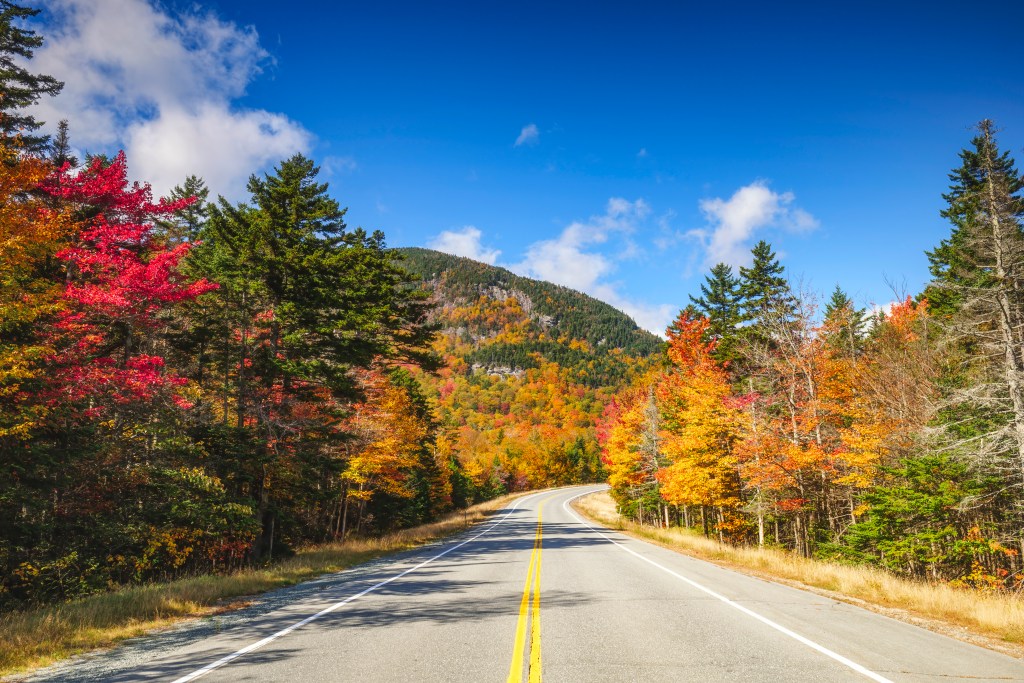
Due to its higher elevation, many forests in New Hampshire start their autumn displays earlier than in Vermont. That’s a key difference between Vermont vs New Hampshire: you can visit later in the season and still expect to see commanding fall foliage in Vermont.
However, many trees will have dropped most of their leaves by late October in New Hampshire—at least, in the more popular, northern parts of the state.
